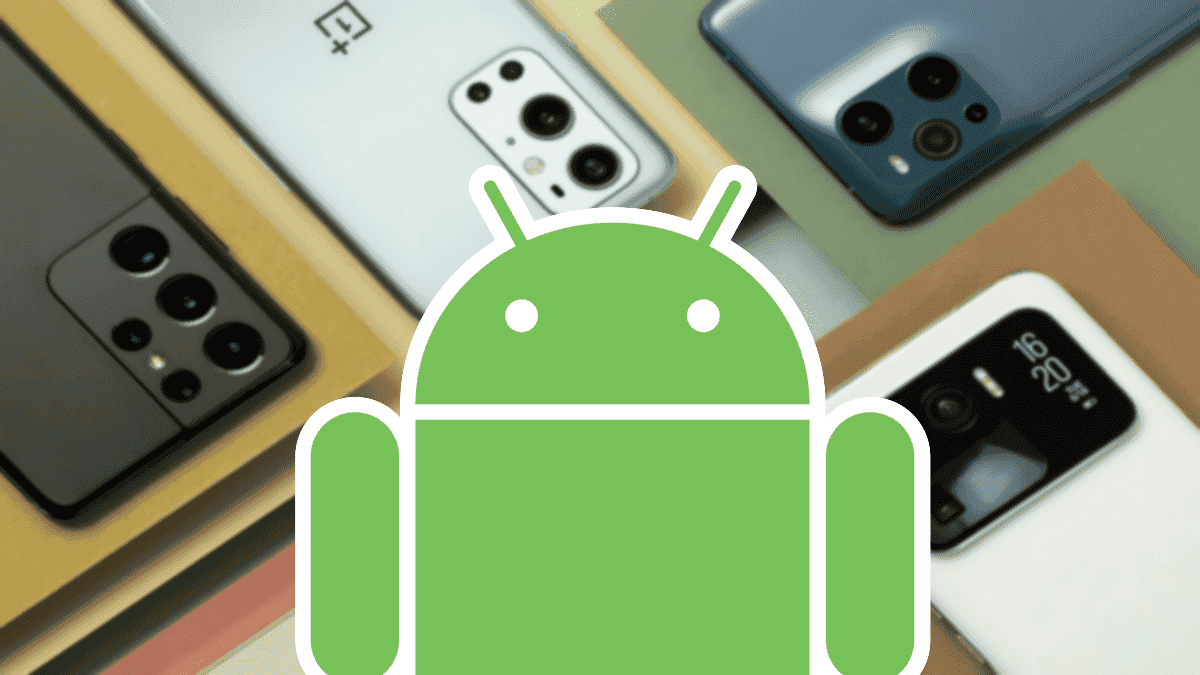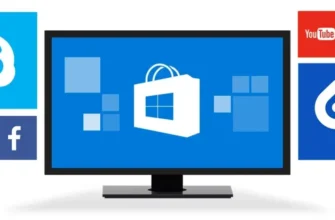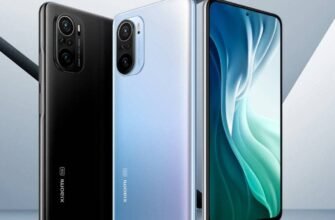Starting with version 9 Pie, Google releases a new major Android update every year between August and September. And work on the developer preview of the next version begins in about six months. In reality, the situation is even more complicated, since there are also quarterly releases of the platform. Theoretically quarterly intermediate releases between major releases. Every year we see discussions about how Android is constantly improving. But in this article, we will discuss whether these annual updates are really necessary anymore.
Don't need a new Android every year?

Google updates more often than Apple. It also releases its new iPhones in September along with the new iOS every year. The problem is that comparing the two operating systems makes sense from a media perspective. It makes almost no sense.
Because Google has a distributed strategy, Android, unlike iOS, requires fewer and fewer operating system updates to provide users with new features. Regardless of the user's smartphone brand or Android version, Google's goal with project treble is to update as many components as possible via the Play Store/Play Services for as many users as possible at the same time.
In iOS, things are different, and sometimes updating some apps and features requires you to update the operating system as well. Consider the dynamic island of the iPhone 14. To see how often new iPhones actually require a new operating system. Apple produces both hardware and software, and the former is made taking into account the features of the latter.
In short, going after Apple like this is absurd because the motivations of the Cupertino company are different from those of Google and Android.
Because Android is so versatile, it's great. There are so many different manufacturers (Samsung obviously sells most of them). And each of them has a unique interface that aims to improve Android. Or otherwise make it more unique to your users. Unfortunately, it's becoming increasingly difficult for various OEMs to keep up with updates. Especially since Google annually updates the operating system.
Third-party manufacturers are lagging behind

In fact, there isn't much time left between one major Android release and the next. And there is not enough time for third-party manufacturers to step in and add something new to its interfaces. At most, it will do so during the release of the next version of the OS, but adding additional new features (in addition to those that Google has proposed and which then have to be implemented or not) easily leads to delays that the most dedicated users will not like.
In short, MIUI, One UI, Color OS, etc. have become less dynamic than before. This is explained, in particular, by the fact that they have to keep up with the fast pace. In order to release a new version of Android every year. Which often makes changes that may have already been present for some time in the user interface.
Don't get me wrong; updates are important, especially security updates that add another brick to the protection of every smartphone. With this in mind, the need to run Android 13. Which in the eyes of users is only 12.1. And it makes no sense to force different manufacturers to update as quickly as possible.
And the same argument can be made for Wear OS as well. Which has a more complicated history than Android, but has recently received an update.
Враховуючи успіх Apple Watch, можливо, варто приділити більше уваги новим версіям. Але це не обов’язково означає, що вони повинні стати щорічними. Google має прийняти новий більш достатній метод для оновлень.




